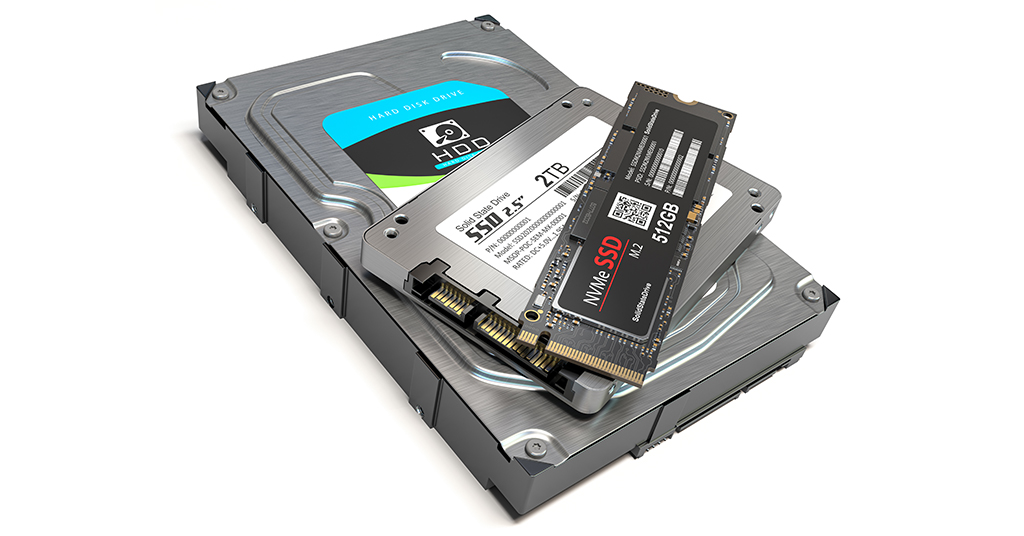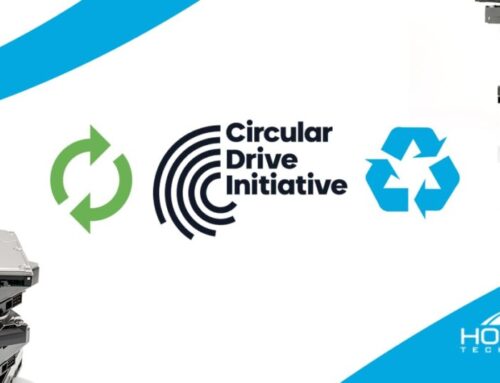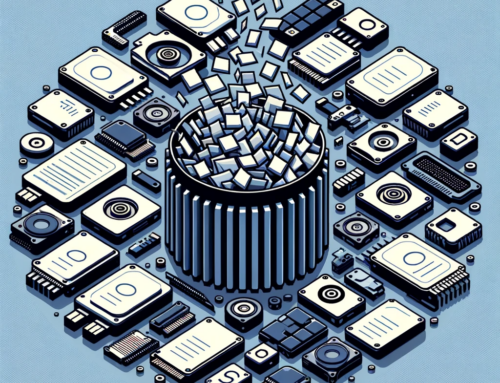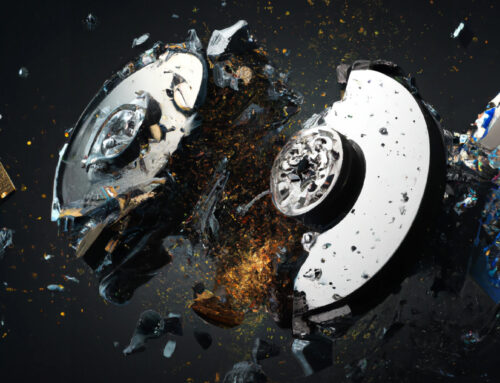As global demand for data storage reaches unprecedented levels, manufacturers are struggling to keep pace. But the environmental cost of continuously producing new hardware is unsustainable. That’s where circular practices—like refurbishment and reuse—come into play, offering a powerful solution to both meet demand and reduce environmental impact.
Research published in the European Journal of Electrical Engineering and Computer Science (EJECE 2024) explores this issue, focusing on the circularity gap in IT hardware. The findings, led by Interact, Cedar, and the Circular Drive Initiative (CDI), are eye-opening.
The Circular Economy Potential
A year-long study involving over 117,000 storage devices—both HDDs and SSDs—was conducted to assess how many drives could be securely erased and refurbished for reuse. The results revealed that 87% of these drives were suitable for a second life after successful data sanitization.
The Untapped Opportunity
In 2020, a staggering 628 million SSDs and HDDs were manufactured, many of which are reaching the end of their first life in 2024. While about 62 to 64 million of these drives will be reused, over 480 million drives that are perfectly viable for reuse will likely be destroyed or disposed of instead. This represents an enormous missed opportunity, both environmentally and economically.
Key Findings from the Study
The research offers several important takeaways for the future of circular storage practices:
- AI and data analytics can enhance SMART data analysis for predicting drive health.
- Shifting the industry focus from drive lifespan to reliability metrics is crucial for sustainability.
- SSDs and HDDs have different failure mechanisms, with factors like endurance and firmware playing a significant role.
- Hard drive failures are closely tied to read/write activity and temperature conditions.
- Clear, user-friendly technical explanations in industry standards are necessary to encourage wider adoption of circular practices.
- The drive decommissioning practices of hyperscalers (large data centers) have a major impact on the potential for drive reuse.
The Road Ahead
The findings from this research highlight a vast, untapped potential for extending the life of storage media, providing both economic and environmental benefits. By prioritizing secure erasure, refurbishment, and reuse, we can help bridge the circularity gap in IT hardware.
For those interested in diving deeper, the full research is available as open-source: From Waste to Resource: How Standardized Health Metrics Can Accelerate the Circular Economy in Storage Media.





